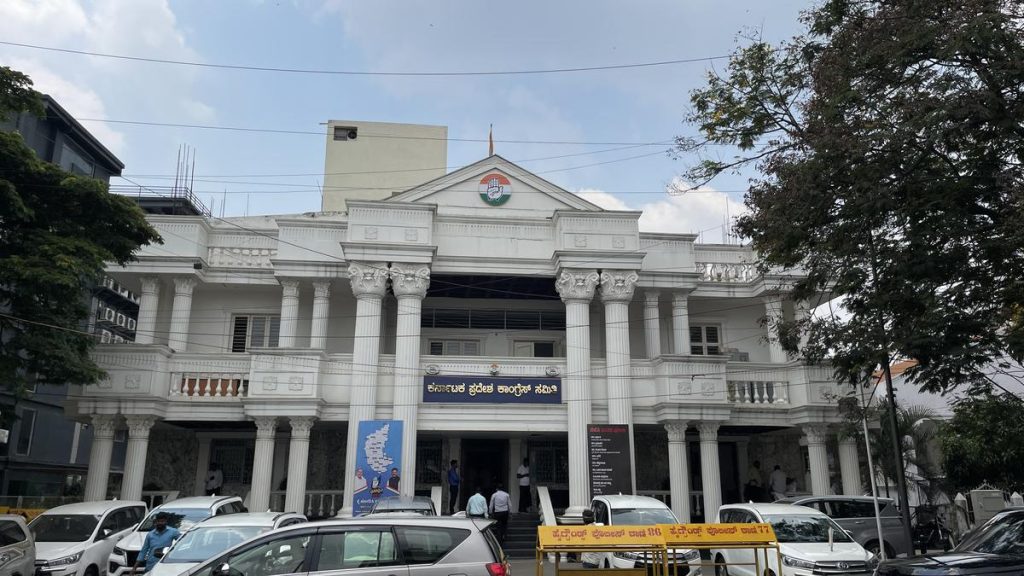Now Reading: India Imports 8.47 Lakh Tons of DAP Fertiliser from China by February
-
01
India Imports 8.47 Lakh Tons of DAP Fertiliser from China by February
India Imports 8.47 Lakh Tons of DAP Fertiliser from China by February

Speedy Summary
- India has imported 8.47 lakh tonnes of di-ammonium phosphate (DAP) fertiliser from China till February in the current fiscal year.
- Chinese imports account for 19.17% of India’s total DAP imports (44.19 lakh tonnes).
- Last fiscal year, China supplied 22.28 lakh tonnes of DAP to India, making up approximately 40% of the country’s total DAP imports (55.67 lakh tonnes).
- DAP is the second most widely used fertiliser in India,following urea.
- for this rabi season, India’s domestic availability of DAP surpassed the estimated requirement of 52 lakh tonnes; sales reached 48 lakh tonnes with a closing stock of 9.43 lakh tonnes as of March 11.
- Domestic production faces several constraints, including high inventory backlogs, raw material shortages, rising input costs, storage limitations, and maintenance needs.
- Additional challenges stem from disruptions such as natural disasters like floods.
Indian Opinion Analysis
India’s gradual decline in reliance on Chinese di-ammonium phosphate (DAP) imports-from around 40% last fiscal year to just over 19% this year-signals a diversification strategy toward sourcing raw materials and finished products globally from countries like Russia, Saudi Arabia, Morocco, and Jordan. This approach may be indicative of efforts to insulate Indian agriculture from geopolitical risks linked to overdependence on any single country.The significant availability surpassing domestic demand during this rabi season suggests effective import planning despite production challenges at home stemming from logistical bottlenecks and resource limitations like manpower scarcity and raw material shortages.Tho, persistent issues such as high input costs could affect future pricing strategies that directly impact farmers.
Efforts toward bolstering indigenous fertiliser production capacity may need prioritisation to reduce reliance on fluctuating global markets prone to price volatility or adverse trade dynamics caused by events like natural disasters or policy changes overseas.
























